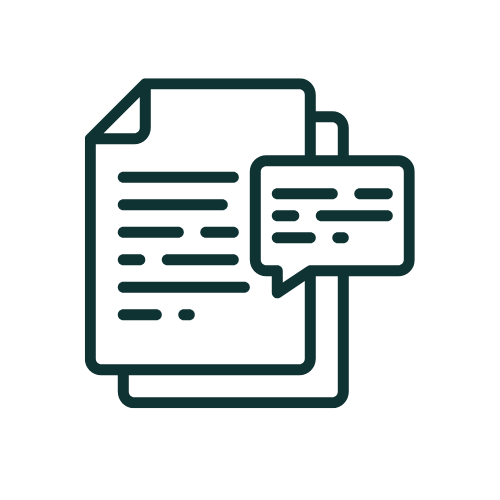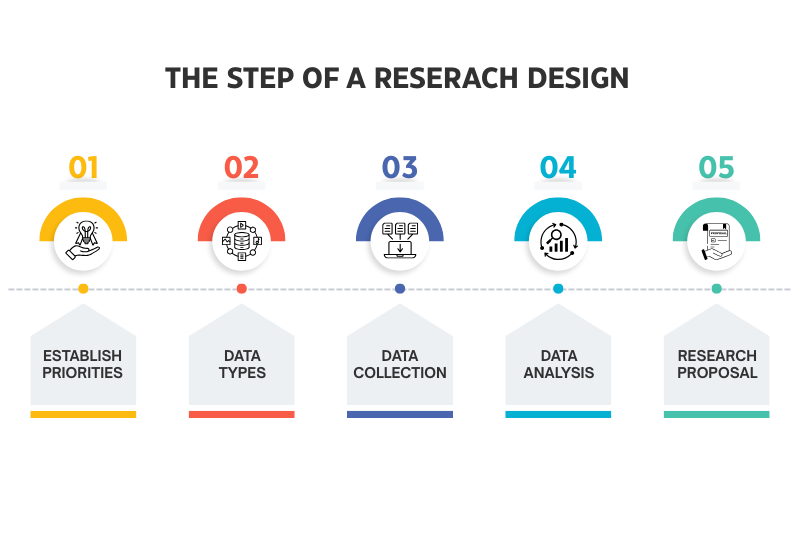- Services
- Discovery & Intelligence Services
- Publication Support Services
- Sample Work
Publication Support Service
- Editing & Translation
-
Editing and Translation Services
- Sample Work
Editing and Translation Service
-
- Research Services
- Sample Work
Research Services
- Physician Writing
- Sample Work
Physician Writing Service
- Statistical Analyses
- Sample Work
Statistical Analyses
- Data Collection
- AI and ML Services
- Medical Writing
- Sample Work
Medical Writing
- Research Impact
- Sample Work
Research Impact
- Medical & Scientific Communication
- Medico Legal Services
- Educational Content
- Industries
- Subjects
- About Us
- Academy
- Insights
- Get in Touch
- Services
- Discovery & Intelligence Services
- Publication Support Services
- Sample Work
Publication Support Service
- Editing & Translation
-
Editing and Translation Services
- Sample Work
Editing and Translation Service
-
- Research Services
- Sample Work
Research Services
- Physician Writing
- Sample Work
Physician Writing Service
- Statistical Analyses
- Sample Work
Statistical Analyses
- Data Collection
- AI and ML Services
- Medical Writing
- Sample Work
Medical Writing
- Research Impact
- Sample Work
Research Impact
- Medical & Scientific Communication
- Medico Legal Services
- Educational Content
- Industries
- Subjects
- About Us
- Academy
- Insights
- Get in Touch

- Services
- Discovery & Intelligence Services
- Publication Support Services
- Sample Work
Publication Support Service
- Editing & Translation
-
Editing and Translation Services
- Sample Work
Editing and Translation Service
-
- Research Services
- Sample Work
Research Services
- Physician Writing
- Sample Work
Physician Writing Service
- Statistical Analyses
- Sample Work
Statistical Analyses
- Data Collection
- AI and ML Services
- Medical Writing
- Sample Work
Medical Writing
- Research Impact
- Sample Work
Research Impact
- Medical & Scientific Communication
- Medico Legal Services
- Educational Content
- Industries
- Subjects
- About Us
- Academy
- Insights
- Get in Touch

What Is Research Design? Types, Methods & Best Practices
- Home
- Publication Support
- Journal Selection
- What Is Research Design? Types, Methods & Best Practices
An Academy Guide
Interesting topics


What Is Research Design? Types, Methods & Best Practices
Research design is a study’s plan, which is provides adequate guidelines for data collection, analysis, and interpretation. Research design provides a means to support the accuracy, reliability, and validity of research results. There are different design types (descriptive, exploratory, experimental); you will want to choose the type design based on your objectives. High quality research design minimizes bias and strengthens the findings. The right research design will help in achieving your research goals. [1]

1. What is Research Design?
In simple terms, research design is your plan for the study. It tells you which methodologies and processes to follow to properly answer a research question, thereby tying your entire work together in a systematic and scientific way.[2]


2. Why is Research Design Important?
For academics, research design is more than just a procedural necessity it is a crucial determinant of the study’s overall success.
- Improves Validity and Reliability: Good design minimizes the possibility of bias and error, and as a result the findings are valid and reproducible.
- Improves Economy: Good design helps clarify processes, which saves time, effort, and money
- Improves Planning and Focus: A good design provides a framework to minimize scope creep and ensure study-related objectives are maintained.
- The Design Improves Generalizability: A purposeful design increases the chance that the findings can be applied to a larger population or context.
3. Types of Research Design
Research designs can be classified by purpose and method. Here are the main types [3]
3.1. Descriptive Research Design
Descriptive research design describes the characteristics or behaviours of the population or phenomenon being studied. Descriptive research is primarily concerned with describing what of the study rather than why things occur. Descriptive research design is useful to identify trends, patterns, or associations, but without the manipulation of variables.[4]
- Purpose: To provide an accurate description of the variables or phenomenon.
- Methods: Surveys, observational studies, case studies, and archival studies/research.
- Example: A survey of consumer satisfaction of a specific brand of product.
3.2. Correlational Research Design
Correlational research design attempts to determine the relationship between two or more variables without manipulation of these variables. Correlational research is concerned with determining whether or how variables are related, but not causation. [4]
- Purpose: To determine whether there is a relationship of variables, and the strength and direction (positive, negative, or no correlation) of the relationship.
- Methods: Statistical analysis of data and surveys, questionnaires, or observational studies.
- Example: Looking at the relationship of the amount of exercise and stress levels of adults.
3.3. Experimental Research Design
Experimental research design involves manipulating one or more independent variables and measuring the effects on dependent variables. Experimental research design can establish cause-and-effect relationships (causal inferences) because extraneous variables are controlled, and random assignment is performed.[5]
- Purpose: To establish causal connections among variables.
- Methods: Randomized controlled trials; laboratory experiments; field experiments.
- Example: A clinical trial to test the effectiveness of a new drug where the participants are randomly assigned to receive either the new drug (treatment group) or the placebo (comparison group).
3.4. Review and Meta-Analytic Research Design
- Purpose: To synthesize existing research or synthesize information from several prior research studies.
- Examples: Literature reviews, systematic reviews, meta-analyses.
- Applications: Evaluating trends, identifying gaps and researching the impact of an intervention.
4. Exploratory vs. Confirmatory Research Designs
The type of research design chosen will also be determined by the research question. [6]
- Exploratory Research: aims to generate hypotheses or explore areas not well studied. It is mostly qualitative and open-ended.
- Confirmatory research: tests specific hypotheses based on existing theories or theories or data. It is usually quantitative and structured.
5. Steps to Develop an Effective Research Design
To create an effective research design requires planning and consideration.[7]
- Specification of the Research Question: You must start with a specific, well-defined research question that fills a gap in the existing literature.
- Specify the Study Type: What is the nature of your study? Descriptive, correlational, experimental, or review based?
- Identification of Key Variables: Consider your independent dependent and control variables, so you are clear about what you are discussing (do keep in mind that researchers often incorrectly identify what type of variable they are referring to).
- Consider your Data: Which methods will you use for collecting data? This should be compatible with your study type and could be qualitative (e.g., interviews) or quantitative (e.g. surveys).
- Make an analysis plan: Your choice of methods for analysis should be appropriate to the type of data you have collected. This will include things like using statistical tests, thematic analysis, quantitative ethnography, etc
- Pilot test your design: It may be useful to justify your research designs strength by implementing a small pilot test to investigate potential issues in your research plan.
To get to grips with how research design plays out in practice, look at these illustrative examples.
Descriptive Study: A survey of the impact of remote learning on student performance. The design would involve sample selection; development of the survey questionnaire; and statistical analysis. [4]
Experimental Study: A Research Design on a randomized controlled trial of a new vaccine. The study would involve randomization; study control groups; and predefined outcome measures. [5]
6. Common Mistakes in Research Design (and How to Avoid Them)
| Lack of Clarity in Purpose | Provide clear and measurable research questions |
| Lack of Appropriateness of Design | Ensure your research question follows appropriate design (i.e. experimental designs for cause-effect). |
| Sampling Issues | Random sampling and you will want to ensure that your sample is large enough and diverse enough. |
| Oversight Issues | Follow ethical issues such as informed consent and confidentiality. |
| Poor Data Collection or Reliability | Ensure that you are using a properly designed, reliable data collection tool and pre-test your data collection tool to make sure it is reliable. |
| Issues with Data Analysis | Use appropriate statistical tests and interpret them carefully. |
| Ignoring Bias or Limitations | Acknowledge the limitations of your research and make efforts to reduce bias. |
| No Pilot Testing | Always pilot test your design on a limited basis first and address any issues you may have before conducting your study. |
| Poor or No Literature Review | Do a thorough literature review to refine your study and build off previous research. |
Conclusion
A comprehensive research design is important to getting accurate and valid findings. It provides direction, makes the best use of resources and ensures the research will be successful. A important step toward achieving good research is selecting the right design, identifying independent and dependent variables and correcting design errors (for example sampling, ethical decisions, etc.) that will destroy credibility. The more, thought planning and piloting associated with a research project is essential because it will lead to more effectiveness and meaningful research.
What Is Research Design? Types, Methods & Best Practices? A Complete Research Guide? Pubrica offers end-to-end research design, analysis, and reporting support
References
- Abutabenjeh, S., & Jaradat, R. (2018). Clarification of research design, research methods, and research methodology: A guide for public administration researchers and practitioners. Teaching Public Administration, 36(3), 237-258. https://doi.org/10.1177/0144739418775787 (Original work published 2018)
- Bhat, A. (2018, August 8). Research Design: What it is, Elements & Types. QuestionPro. https://www.questionpro.com/blog/research-design/
- (N.d.). Research.com. Retrieved September 6, 2025, from https://research.com/research/types-of-research-design
- Beauvais, A. M., Stewart, J. G., DeNisco, S., & Beauvais, J. E. (2014). Factors related to academic success among nursing students: a descriptive correlational research study. Nurse Education Today, 34(6), 918–923. https://doi.org/10.1016/j.nedt.2013.12.005
- Fjermestad, J., & Hiltz, S. R. (1998). An assessment of group support systems experimental research: Methodology and results. Journal of Management Information Systems : JMIS, 15(3), 7–149. https://doi.org/10.1080/07421222.1998.11518216
- Nilsen, E. B., Bowler, D. E., & Linnell, J. D. C. (2020). Exploratory and confirmatory research in the open science era. The Journal of Applied Ecology, 57(4), 842–847. https://doi.org/10.1111/1365-2664.13571
- Hanson, B. P. (2006). Designing, conducting and reporting clinical research. A step by step approach. Injury, 37(7), 583–594. https://doi.org/10.1016/j.injury.2005.06.051







